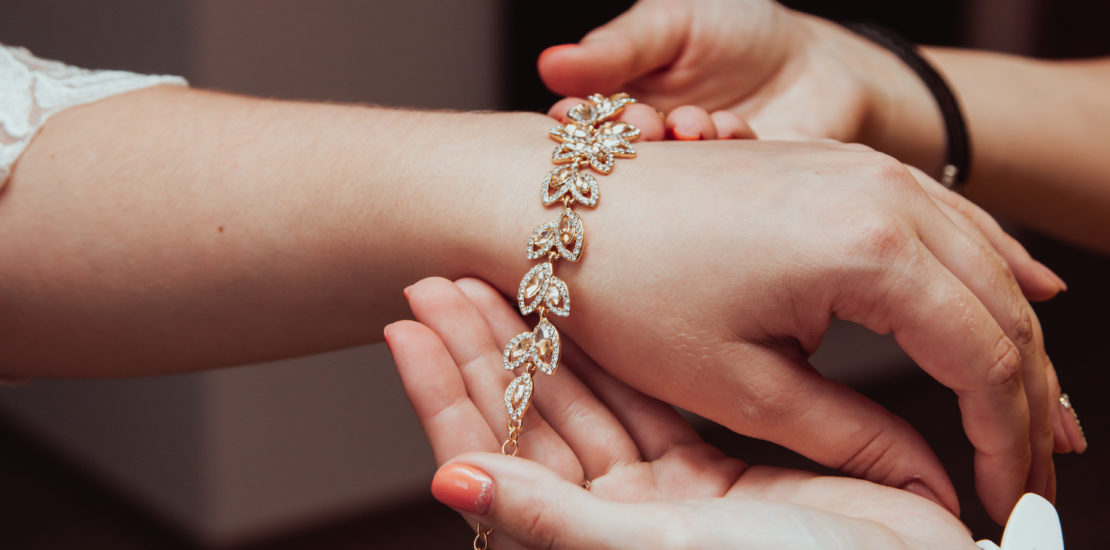- July 17, 2024
- Posted by: Ascend Executive
- Category: High Net Worth, Jewellery Insurance
No Comments

Are diamonds finally losing their shine? Is their light dimming in the growing appeal of cheaper lab-grown diamonds? And should be be re-purposing our old heirloom pieces to create sparkling jewellery for the future? These are questions for all jewellery lovers and collectors, as the world of diamonds appears to be changing. Let’s take a closer look at why, and how re-purposing vintage heirlooms may be carving out a new future for the industry.
Shining less bright
Reports are that the diamond market has dropped drastically recently. Broadly, prices for wholesale polished diamonds plummeted 20% last year, with the biggest drops occurring through summer and early autumn, meaning that prices are currently 25% down from their 2022 high. There has been an accompanying rise in the popularity of lab-grown diamonds. 18% of all diamonds sold in 2023 were lab-grown, and half of all engagement rings bought this year will feature lab-grown diamonds, according to wedding magazine, The Knot.The rise of lab-grown diamonds: a sparkling revolution
Lab-grown diamonds have become a significant force in the jewellery market, offering a dazzling alternative to traditional mined diamonds. These gemstones, created through advanced technological processes, are virtually indistinguishable from their natural counterparts, both in appearance and chemical composition – and only take a few hours to make, compared to billions of years! Lab-grown diamonds are produced using two primary methods: High Pressure High Temperature (HPHT) and Chemical Vapor Deposition (CVD). HPHT mimics the natural formation of diamonds by applying intense pressure and temperature to carbon. CVD, on the other hand, involves placing a carbon-rich gas in a chamber, which then crystallises onto a substrate, layer by layer, forming a diamond. These processes result in diamonds that are optically and physically identical to those mined from the earth. One of the most compelling reasons for the growing popularity of lab-grown diamonds is their environmental and ethical benefits. Traditional diamond mining has long been associated with significant ecological disruption, including deforestation, soil erosion and habitat destruction. The industry has also faced scrutiny over unethical practices such as child labour and conflict diamonds, which finance armed conflicts. Today’s buyers, especially millennials and Gen Z, are more drawn to guilt-free, far more ethical lab-grown diamonds, as well as to their lower prices, and retailers and jewellers have responded, with many incorporating lab-grown diamonds into their collections. Major brands and high-end designers are now offering lab-grown diamond options, and some industry experts predict they could eventually dominate the market, especially as awareness and acceptance continue to grow.Re-purposed jewellery – a new way
Repurposing jewellery and heirlooms is a trend gaining momentum, driven by a mix of sustainability, sentimentality and creativity. Transforming old, perhaps outdated, or even broken pieces into something new and beautiful not only preserves their intrinsic value but also breathes new life into them. Heirlooms can often carry deep sentimental value, passed down through generations. Repurposing these pieces allows continuity – maintaining a connection to your family’s history while adapting the item to your personal style, whether that’s resetting a gemstone from an ancestor’s ring into a modern pendant or converting an antique brooch into a chic bracelet. It’s also more cost-effective than buying new items of jewellery, and repurposing allows for a high degree of customisation and creativity. You can work with an artisan jeweller (perhaps also boosting local business) to design something that is uniquely yours and one-of-a-kind – a timeless treasure. American mother and daughter jewellery brand, Epperson’s, have an innovation called Jewellery Box Sessions, where they will go through a customer’s jewellery box and come up with ideas to make something new out of something old and well-loved – like a grandmother’s treasured engagement ring into a necklace, or a set of pearls into a pretty bracelet stack. In the UK, Pragnell, based on London’s prestigious Mount Street, is a vintage jewellery specialist. They can intricately transform an Edwardian brooch into a more wearable pendant or take the gemstones from a beloved necklace to fashion a series of sparkling cocktail rings. There are endless ways to make dazzling new pieces out of old heirlooms, and by giving old pieces a new lease of life, jewellery can be created that is not only beautiful and meaningful but also aligned with modern values of sustainability and individuality. As the allure of real, mined diamonds may not last forever, other options may dazzle and delight those who revere the sentimental and timeless nature of exquisite jewellery.Whatever you have in your own jewellery box, a collection needs to be re-valued every two to three years to make sure its insurance cover is up to date.
Ascend Executive can help! Call us today on 01245 449060 or email info@ascendbroking.co.uk.
Other blogs which may be of interest:
Dazzling trends – Designer jewellery in 2024 Reasons why you need valuations for collectablesAny questions? Please don’t hesitate to contact one of our team.
Amy.English@ascendbroking.co.uk | Telephone: 01245 449 060


